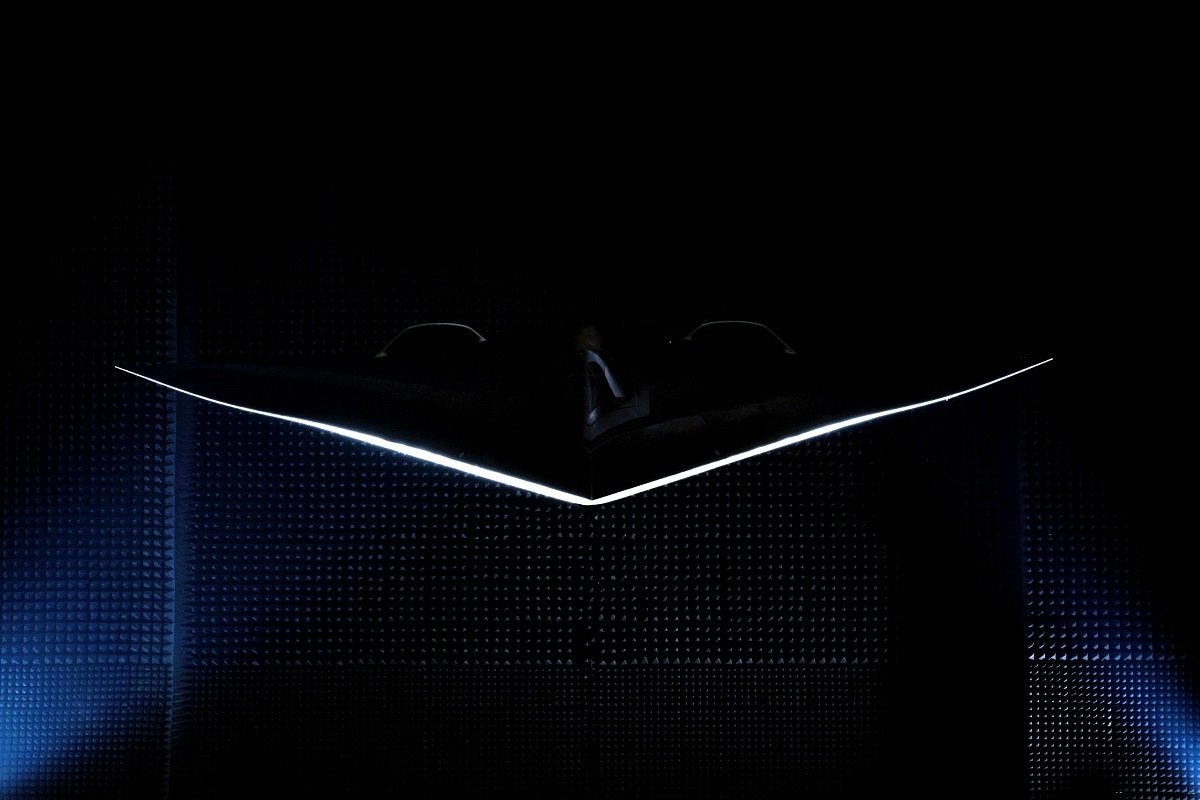
Secret Revealed: Germany Has Unveiled a Stealth Aircraft
The Low Observable UAV Testbed, or LOUT, isn’t a fighter or a bomber. It is a 4-ton, diamond-shaped drone intended for research into stealth technologies.
by Michael PeckThe Low Observable UAV Testbed, or LOUT, isn’t a fighter or a bomber. It is a 4-ton, diamond-shaped drone intended for research into stealth technologies.
Developed by Airbus under a German military contract, LOUT “was developed with a holistic approach to stealth so that it could address the three domains of capabilities LO [low observability] platforms must feature: reduced radar, visual, IR [infrared] and acoustic signatures; ability to employ electronic countermeasures; and ability to perform emission management, so that it can reduce detectability of the onboard sensors,” according to the Aviationist web site.
Project leader Mario Hertzog told reporters said the design had also been developed to avoid detection by low-frequency radars. The model shown to journalists was not flyable. But it did have several features that indicate that European air forces and manufacturers are delving into sophisticated technologies.
“The model features a weapons bay located in between the engines, which will use a diverterless air duct made of low-observable materials,” according to Aviation Week magazine. “Journalists were not shown the positions of the air intakes, but images released by Airbus reveal them to be just aft of the ‘cockpit.’
“Lighting was used to reveal elements of the model’s topside including a notional cockpit where the company has tested a number of transparency technologies that Hertzog said do not significantly affect the platform’s broadband low-observability. Also shown off was a flat exhaust nozzle with a corresponding aperture underneath the exhaust that could allow for thrust-vectoring technologies. Of note, there was no sign of conventional flight control services. It is not clear whether this was deliberately omitted but could hint at an active flow control system that eliminates moving control surfaces. Airbus also detailed a steerable active electronically scanned array that was embedded into the skin of the aircraft, presumably to support high-bandwidth datalinks.”
LOUT was conceived with an eye toward developing advanced technologies for the Future Combat Air System (FCAS), a Franco-German project to build a sixth-generation stealth fighter. “I am convinced we can make a considerable contribution to the development of a future fighter or a remote carrier,” Hertzog said.
Yet while LOUT looks exotic, there is still the question of whether Europe is capable of building sixth-generation stealth aircraft that are more advanced than the fifth-generation U.S. F-22 and F-35, Russia’s Su-57 and China’s J-20. France and Germany have the FCAS, while Britain has announced the Tempest, a laser-armed stealth fighter.
But it no coincidence that Britain doesn’t even envision the Tempest entering service until 2035, a nearly 20-year stretch that’s probably generous given the obstacles to developing new aircraft. Bot the F-22 and F-35 have ran overbudget, and Russia’s air force has been leery about buying more than a few expensive Su-57s. Designing and manufacturing a sixth-generation jet will require not just substantial amount of money, but also the political will to keep that coming despite inevitable economic downturns and defense budget cuts.
Nonetheless, European scientists and manufacturers have proven quite capable of designing advanced armaments. It is not clear where LOUT is going, but it may yet bear enough fruit to keep Europe competitive in the stealth race with the other major powers.
Michael Peck is a contributing writer for the National Interest. He can be found on Twitter and Facebook.